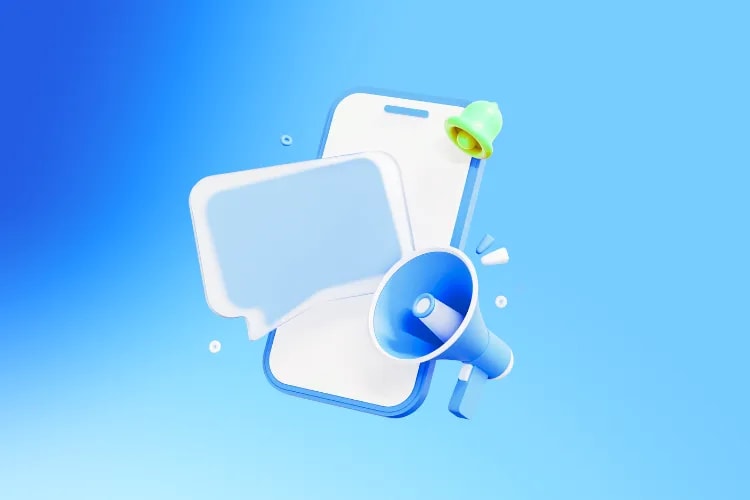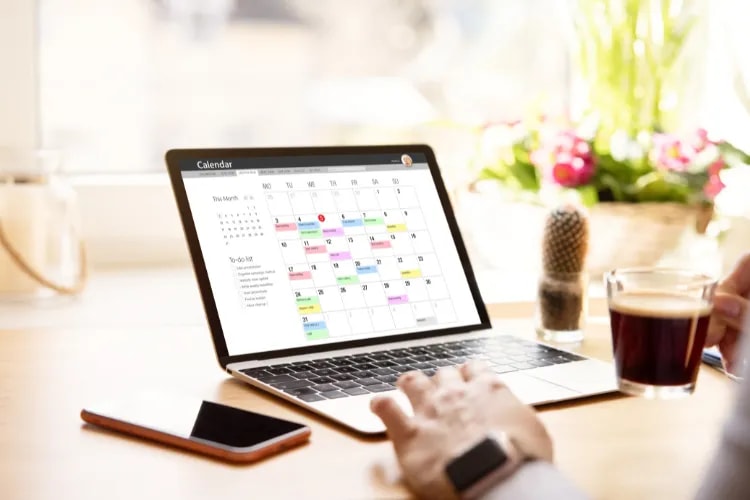
If you’re organizing an event in 2025 into 2026, sponsorship isn’t a nice‑to‑have—it’s a growth engine. Even with tighter budgets, CMOs continue to protect spend for events and sponsorship because they reliably deliver awareness, consideration, and demand. Gartner’s 2024 CMO Spend Survey found events and sponsorship lead offline investment—a strong signal that brands still see in‑person experiences as high‑impact channels.
The good news for organizers: sponsorships pay off for brands when they’re measured holistically across brand lift, pipeline, and sales. Nielsen’s latest guidance on Return on Sponsorship Investment (ROSI) highlights how long‑term effects can represent a large share of total impact. In other words, if you can articulate outcomes—and prove them—you can win more (and bigger) sponsors.
Bonus: Use our Event Sponsorship checklist template at the end of this read to kick off your next event with clarity, structure, and sponsor-ready confidence.
The Loopyah Content Team shares expert insights, practical guides, and industry updates to help event organizers create unforgettable experiences and stay ahead in the event planning world.
selling
Event sponsorship is a partnership where a brand provides financial support or in‑kind value (like AV, F&B, décor, or media inventory) in exchange for access, visibility, and experiences with your audience. Packages are typically tiered (e.g., Gold/Silver/Bronze) with clear benefits, access levels, and pricing.
Financial sponsorship: direct cash to fund the event or specific activations.
In‑kind sponsorship: goods/services such as venue décor, staging, photography, catering, or software.
Media/content partnerships: co‑branded content, livestreams, newsletters, or podcast integrations.
Scholarships/community: subsidized tickets, student grants, or DEI initiatives.
Unique activations: sampling bars, demo lounges, charging stations, VIP meet‑and‑greets.
Budget relief: cover core costs or fund upgrades that elevate attendee experience.
Bigger reach: amplify your marketing with sponsor channels and cross‑promotion.
Credibility: recognizable logos and thought‑leadership partners signal trust and quality.
Attendee value: more content, better production, perks, and useful brand experiences.

Sponsors buy access to people and outcomes—not “logos on lanyards.” Use attendee intent, behavior, and demographics to articulate exactly who sponsors will reach and what those audiences care about.
Audience snapshot: size, roles/seniority, industries, regions, buying authority.
Intent signals: reasons for attending (education, discovery, networking, purchasing).
Proof points: historic engagement (expo traffic, session fill rates, content views).
Define what success looks like—for you and for your event sponsors. Move beyond vanity metrics and agree on measurable outcomes you’ll report post‑event.
Pipeline: qualified leads, meetings booked, trial signups, pipeline value.
Engagement: session attendance, booth scans, content downloads, QR scans.
Brand impact: awareness, consideration, and brand lift surveys.
Build three to five packages with escalating access and outcomes. Name benefits plainly and price them to value, not just cost. Include add‑ons for customization.
Bronze (entry): logo placements, social mentions, expo listing, small booth or tabletop.
Silver (growth): larger booth, session sponsorship, lead retrieval, onsite signage, newsletter feature.
Gold (premium): keynote or panel slot, exclusive lounge/activation, branded registration, lead capture + data package, content syndication.
Add‑ons might include sponsored recordings, VIP dinners, hosted buyer meetings, sampling bars, or scholarships.
Start with audience fit. Build a target list of brands whose customers overlap with your attendees by role, category, and region. History of sponsoring similar events is a plus, but the best predictor is audience alignment.
Map your attendee personas to sponsor ICPs: job titles, budgets, problems to solve, and buying timelines.
Scan competitor/peer events: who sponsors them? Which categories recur (payments, HR tech, analytics, beverage, logistics)?
Leverage associations and chapters: warm introductions often outperform cold outreach for first meetings.
Need more inspiration for your outreach calendar? Explore these creative event promotion ideas to fuel pre‑event buzz that sponsors can tap into.
Personalization and clarity win. Mirror the prospective event sponsor’s language and quantify how your event advances their goals (lead quality, marketability, reduced risk, access to decision‑makers).
Executive summary: the problem you help their buyers solve and why now.
Event overview: mission, format, dates, location, attendance projections, and proof from prior years.
Audience data: roles, seniority, industries, regions, purchasing power, and intent signals.
Packages and benefits: tiered options plus add‑ons and exclusivities.
Activation plan: how the sponsor shows up onsite and in content, with mockups where possible.
Promotion calendar: owned, earned, and paid touchpoints before, during, and after the event.
KPIs and reporting: what you’ll measure (lead quality, engagement, brand lift) and when you’ll report.
Budget and timeline: pricing, payment schedule, and decision deadlines.
Clear CTA: “Reserve your package,” “Book a discovery call,” or “Hold until Friday.”
“Make the value unmistakable. If a sponsor can see your audience, your plan to reach them, and how you’ll prove impact, the deal gets easier.”
Lead with alignment. Reference their current priorities, why your audience overlaps with their ICP, and end with a single, clear ask (e.g., “15‑minute fit call next week?”).
Check this in-depth tutorial on how to craft Sponsorship letters.
Open with outcomes: the “so what” for their business (pipeline, reach, brand lift).
Walk the activation: show signage mockups, content placements, and attendee journey moments.
Negotiate trades: exclusivity, data rights, speaking roles, sampling, or premium placement.
Set next steps: timeline, stakeholders, and a decision date. Confirm by email same day.
Send a thank‑you, attach the prospectus, restate the package and price, and capture agreed KPIs and governance (points of contact, check‑in cadence, escalation path). Clarity now prevents headaches later—and speeds renewals.
Report against the KPIs you promised. Include both short‑term and long‑term effects: leads and meetings, content engagement, survey‑based brand lift, and sales proxies. Package results in a clean post‑event report with recommendations for next year.
Quarterly touchpoints: share content performance, community updates, and activation ideas.
Co‑planning workshops: design new experiences together (e.g., VIP roundtables, research reports).
Renewal runway: present a renewal/upgrade menu 60–90 days after your post‑event report.
Lack of preparation: pitching without audience proof or a clear value proposition.
Generic proposals: one‑size‑fits‑all packages and fuzzy metrics slow decisions.
Poor communication: slow responses, unclear next steps, or shifting deliverables.
Overpromising/underdelivering: missing benefits or weak reporting ruins renewals.
Templates and playbooks: sponsor prospectus templates, outreach scripts, and reporting dashboards can dramatically speed up your cycle. Pair them with a centralized tracker for leads, agreements, and activations.
Prep toolkit: audience one‑pager, activation mockups, KPI glossary, and a reporting template.
CRM/ops: track prospects, decision stages, deliverables, and post‑event reporting deadlines.
Marketing support: co‑branded content, sponsored sessions, and email sequences to activate audiences.
If your goal is to grow both tickets and sponsorship revenue, align your go‑to‑market strategy. Start with these ideas to sell more tickets and make early quick wins, and connect them to sponsor activations for compounding results.
Want inspiration for activations that attract attendees and delight sponsors? Browse event activation ideas you can adapt to your budget and audience.
Event sponsorship remains one of the most important components of a successful event. And when you connect sponsorship opportunities to real business outcomes, you're more likely to attract more sponsors. And so, your focus should always be: prove audience–market fit, package outcome‑aligned benefits, pitch with personalization and clarity.
Take the first steps this week: draft a data‑led prospectus, prioritize a target list of aligned brands, and prepare a measurement‑ready offer. Then iterate each cycle to compound results.
Need help nailing the fundamentals, revisit your planning foundations with this event planning checklist to ensure your next event is off to a great start.

selling









selling
selling
marketing
planning
planning
planning
selling
planning
planning